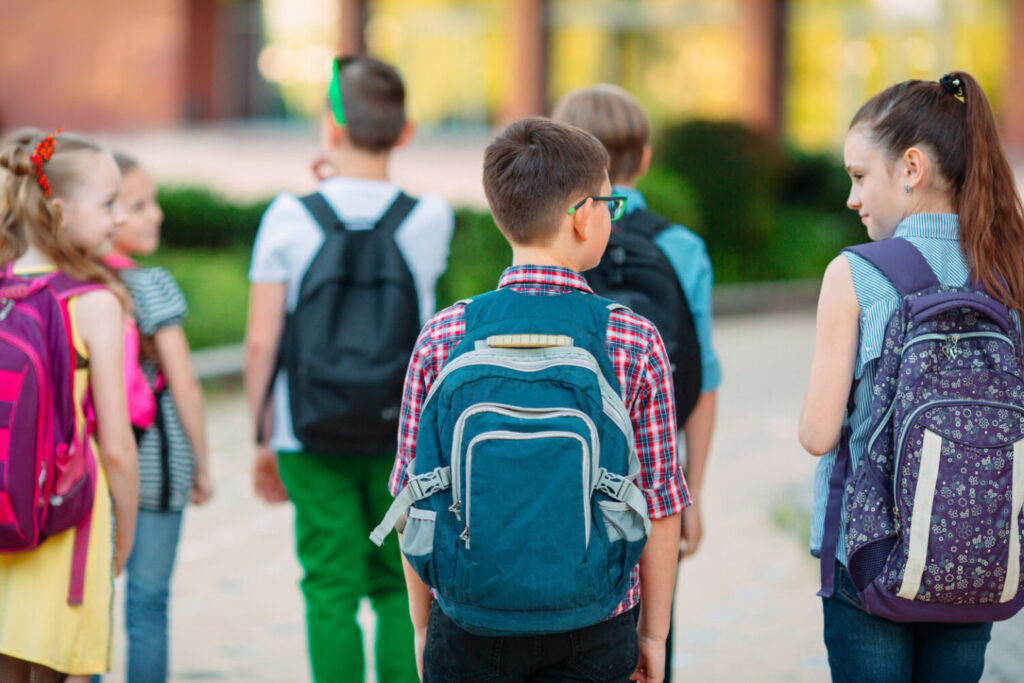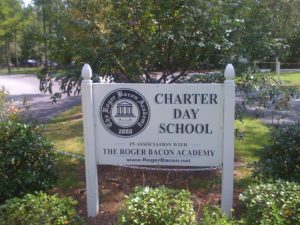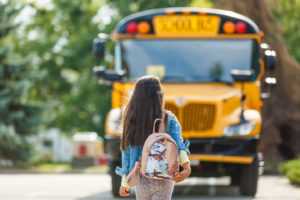US Charter School Enrollment Grows 7% amid Traditional Public School Declines in 2020-2021
The National Alliance for Public Charter Schools has authored a report showing “hundreds of thousands of families switched to charter schools” during the first full school year of the pandemic….

The National Alliance for Public Charter Schools has authored a report showing “hundreds of thousands of families switched to charter schools” during the first full school year of the pandemic. Out of 42 states where data was collected, all but three reported growth. Nationwide, growth is up 7%—that is nearly 240,000 students who enrolled in charter schools for the first time. During the same period, traditional public (‘district’) enrollment dropped.
Report co-author Debbie Veney, senior vice president of communications and marketing at NAPCS, said in a webinar that the growth was seen across types of communities, including rural, urban, and suburban. She also addressed the possibility that enrollment growth was due to virtual enrollment and instruction, saying that while online learning was a factor, it does not explain the bulk of growth. Rather, the report explains:
During the 2020-21 school year, the pandemic forced schools of all types to close their doors and switch to remote learning. Many families were dissatisfied with the quality of what was available to their children. And that dissatisfaction led them to learn more about the other educational options available. For many families, charter schools’ nimbleness and flexibility made them the right public school choice.
Charter schools are public schools organized by private individuals or groups, receive public funds, and require an application process to enroll. They have a reputation for being innovative and have shown that they outperform their traditional public school counterparts.
The NAPCS report cites recent National Parents Union data in which “80% of surveyed parents say this school year was an eye-opening experience that also resulted in a demonstrable shift in parental involvement (64%) when it comes to their child’s education and parents’ desire to engage schools with more input and feedback.”
The U.S. Department of Education’s National Center for Education Statistics reported over the summer that during the same period, public school enrollment “fell by its largest margin in at least two decades.” Not all of these students ended up in charter schools, however, as some of those who left went to homeschooling models as well as private Christian schools.
In another recent survey of parents, the Herzog Foundation found that 80% of Christian school parents reported being satisfied with their children’s education, while only 55% of public school parents reported the same. Further, 41% of public school parents reported being “unsatisfied with their child’s education during COVID.”
In their report, the NAPCS said of families:
…[they] want more, not fewer, public school choices. …They voted with their feet this past year, and they will surely vote at the polls. …Federal, state, and local policymakers who oppose charter schools are out of touch with their stakeholders and constituents. Thankfully, many leaders across the country are listening to their constituents.



